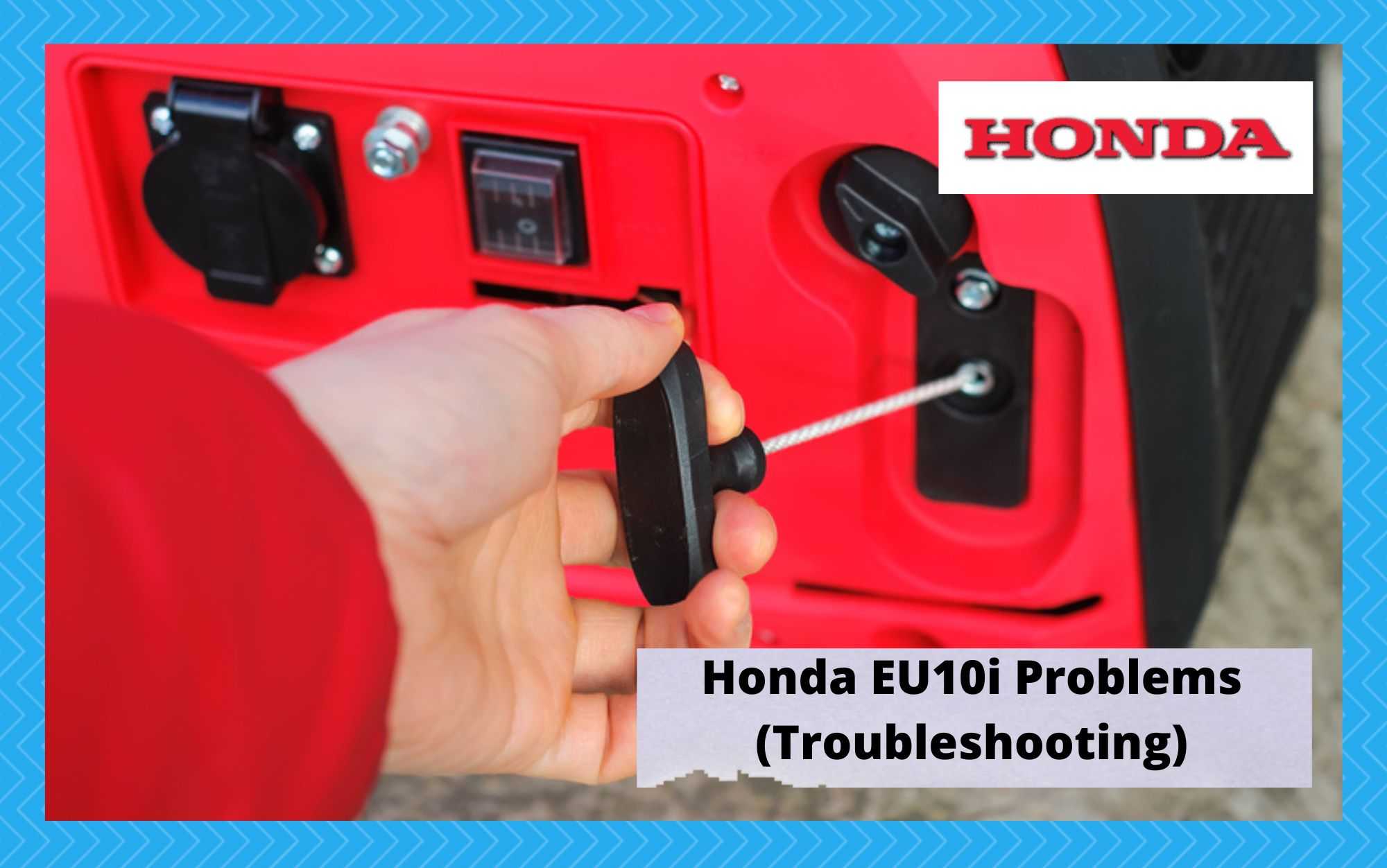
Introduction
The Honda EU10i generator is considered a market leader for powering delicate electrical devices off-grid. However, these generators are designed to run flawlessly to power fragile appliances, which means they must work flawlessly.
Therefore, it is critical for owners to fully appreciate how to resolve the most common issues as a matter of safety for their appliances. The information below will equip users with the most suitable knowledge to tackle any of the most common Honda EU10i problems.
Honda EU10i Problems (Troubleshooting)
1. Won’t Start
Firstly, the most simple and likely cause of the Honda EU10i not starting is because it lacks the necessary fuel to engage the combustion process. Ensuring there is enough fuel in the tank to start the engine is critical before the beginning of any task. If there is fuel, check the fuel valve to ensure it is open.
The presence of fuel does not guarantee that the engine is being fed the right stuff. Old fuel can easily clog the delicate carburetor, which would result in the engine’s failure to start. If the generator has sat for a long period of time with fuel inside, give it a smell.
Often there will be a distinctive rotting smell which is an indication that the fuel is too old. To resolve this, the fuel system will have to be disconnected, drained, cleaned, and refilled.
The generator’s internal combustion mechanisms require the crucial elements that produce a miniature explosion. Most are unaware of or underestimate the necessity for a clean, unobstructed flow of air to allow the engine to ignite.
These tiny generators are prone to clogged air filters, which require regular cleaning and maintenance, causing them not to start. Replace the fuel filter if it appears to be clogged. Clean it thoroughly to guarantee a smooth-running engine.
Engine oil is required to minimize friction as the metal components move in close proximity to each other. Oil will naturally leak into the combustion chambers and require replacement after several hours of continual use. If the oil levels and quality are neglected, it can quickly cause the mechanism to fail.
Therefore, it is imperative that the oil is topped up to the appropriate level regularly and changed frequently. Failing to do so can result in far more devastating consequences and a large chunk of fused metal.
2. Misfiring
Generator misfiring is a specific term that suggests an engine’s cylinders are not firing in the correct order, causing a loss of power, reduced fuel efficiency, and increased emissions. Long-term owners of the Honda EU10i have noted that this is a common fault that develops over time with regular generator use.
This can be caused by a variety of serious issues, including spark plugs, ignition coils, fuel delivery, or malfunctioning sensors. Diagnosing and resolving the issue typically requires a high degree of mechanical experience and equipment. Therefore, the best course of action is to contact your local dealer or mechanic.
3. Stalling
This can be caused by a low oil level, a dirty air filter, or a clogged fuel filter. Check the oil level and clean or replace the air filter and fuel filter.
There are several reasons that result in engine stalling. Firstly, insufficient fuel or partially blocked fuel lines can deprive the engine of an appropriate volume of fuel, causing it to stall. To rectify a compromised fuel system, fuel bleed and line replacement with a new fuel filter should resolve this issue.
Moreover, it could be the result of a faulty ignition system. This includes a number of components, including a spark plug, ignition coil, or ignition module, that can all prevent the engine from starting or running smoothly. Spark plugs are consumable parts that should be replaced periodically.
Begin by replacing them first to understand if there is a more serious coil issue which again will need to be replaced if it is.
Again, stalling can be the result of partially blocked airflow. The longer the generator runs, the greater the chance that the blockage moves and creates temporary blockages, which are sufficient to stall the engine. Regular cleaning, filter replacement, and maintenance are necessary to avoid this situation fully.
4. Overloaded With Appliances
The Honda EU10i is an intelligent inverter charging system that is designed to supply sensitive electronics with a safe and consistent flow of electrical energy. However, this does not mean that the generator can handle all of the electrical needs required.
Overloading is one of the more frustrating results for many owners. In our homes, we do not need to worry much about using too much power at one time; our main supply can generally handle typical uses.
However, when using off-grid electricity sources, there are typically voltage and wattage limits that the system can handle before it begins to malfunction. In simple terms, if more power is being drawn from the source than is being created, it can cause the generator to work overtime.
For the Honda EU10i, it will begin to overheat and provide inconsistent energy to the appliances attached. This can be devastating for delicate medical equipment or lithium-ion battery-powered appliances. Therefore, it is imperative that the combined wattage rating of all of the appliances combined remain under the limit of the appliance.
This can be complicated at first but most will provide this reading on their plug. Make sure not to exceed the rated wattage output of the generator. Overloading can cause the generator to shut down and damage the unit.
5. On But No Power
The Honda EU10i inverter generator is a device that converts mechanical energy into electrical energy. However, sometimes even if the generator is running, it may not produce any electrical energy. Often this will leave owners scratching their heads, however, there are some typical reasons that will be interfering with this critical process.
Initially, it is important to check the generator’s output. There could be a concern with the generator’s alternator or voltage regulator, which is responsible for converting the mechanical into electrical energy.
A malfunction in either of these features could prevent the generator from producing electricity optimally due to a degeneration of the intricate parts.
Moreover, another common cause is a problem with the wiring that links the generator to the Honda’s electrical system. The wiring could be impaired, or there could be a loose connection. Check the connections and circuit breaker for any issues visually, then with the continuity checker on a multimeter.
Additionally, it is optimal to check the fuses to see if they need to be replaced.
If you’re unable to resolve the issue yourself, it’s suggested to have an experienced electrician inspect the generator. They will be able to analyze the problem and make the essential repairs. If you are waiting for it to be inspected, it is vital that the generator is not run to charge any electrical devices until the issue has been resolved.
6. Too Loud
Over time, they are known to become louder and more noticeable during typical use. This is often the result of some complex mechanical issues or more rudimentary problems that are simple to fix.
One common cause of a loud generator is a contaminated air filter. A dirty air filter can restrict airflow to the engine, causing it to run rough and produce excess noise. The symptom will most often be combined with a rough running engine which will cause voltage spikes and drops.
Replacing the air filter along with running the generator in an open space should resolve the issue.
A large proportion of the noise created by a generator comes from the exhaust system. A damaged or clogged muffler can cause the generator to produce more noise. Often it is the case that the heat experienced by the exhaust system will create cracks and imperfections in the tubing.
Thoroughly inspecting the exhaust system and muffler should be done to determine if this is the cause of the problem.
Worn or loose engine parts will gradually encourage the generator to become louder. Engine components such as the bearings, rods, and pistons will naturally wear down over time, increasing noise levels. This is often due to the excess vibrations that the unit is exposed to and varying temperature extremes.
If this is the issue, the generator may need to be taken apart, tightened up, and repaired.
Finally, the generator could simply be getting old and in need of replacement. An older generator may produce more noise due to wear and tear on the engine and other components. In this case, replacing the generator with a newer model may be the best solution.
However, it is important to address a loud generator as soon as possible, as it could indicate a larger problem with the device and potentially affect its performance and lifespan.
Conclusion
As with any complex electrical or mechanical device, it is recommended that owners follow specific troubleshooting procedures and always follow safety guidelines. The Honda EU10i is no exception.
Although it is critical to follow the procedures exactly, the above article has highlighted all of the major forms of troubleshooting the most common issues. Therefore, it will provide owners with the necessary information to tackle most of the problems and fix them as efficiently as possible.


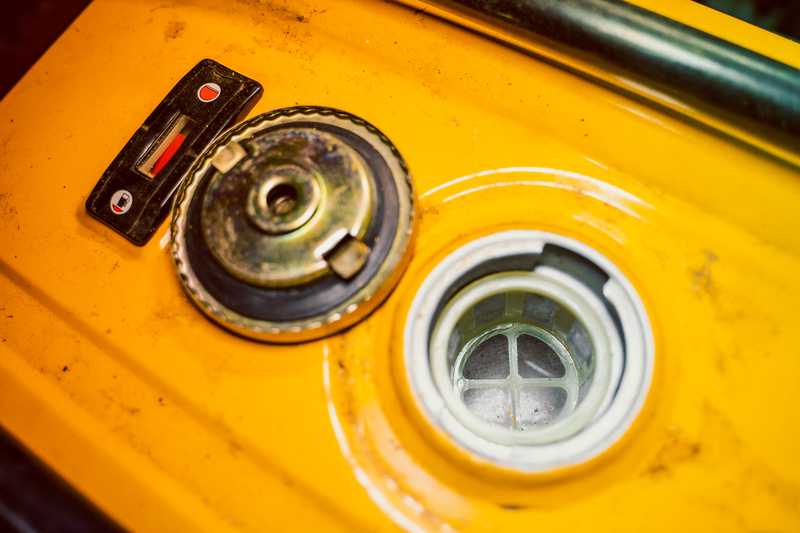
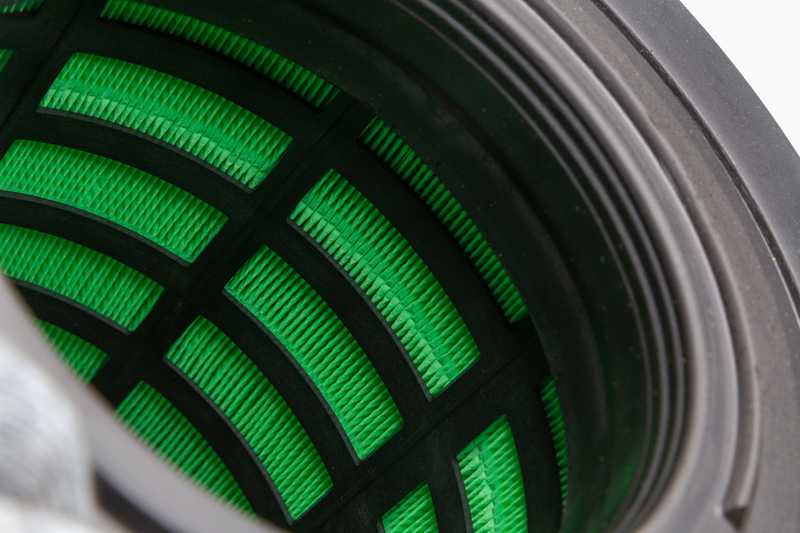
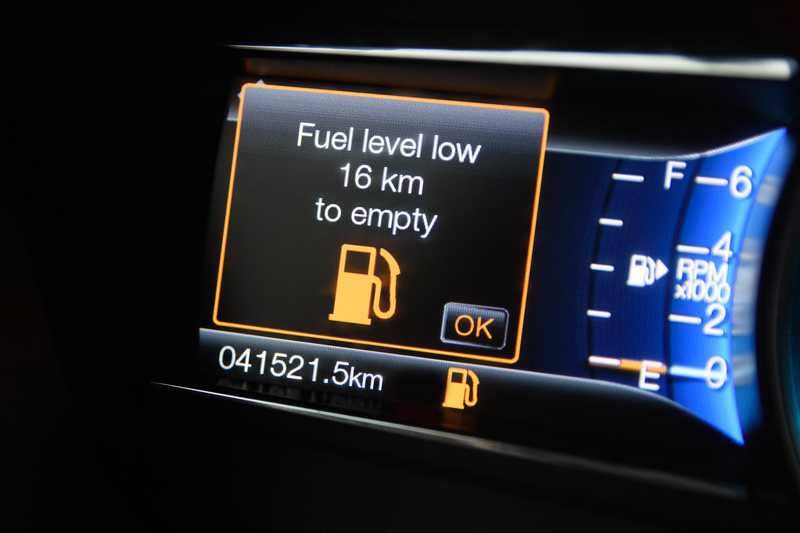
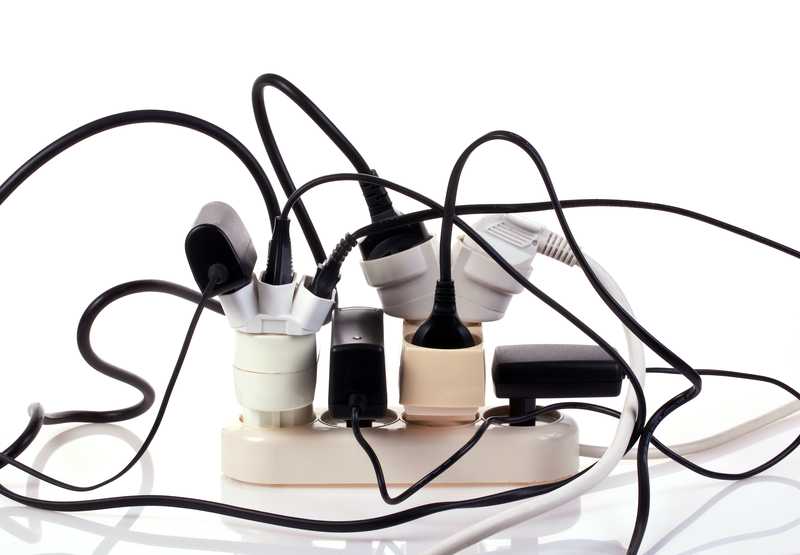
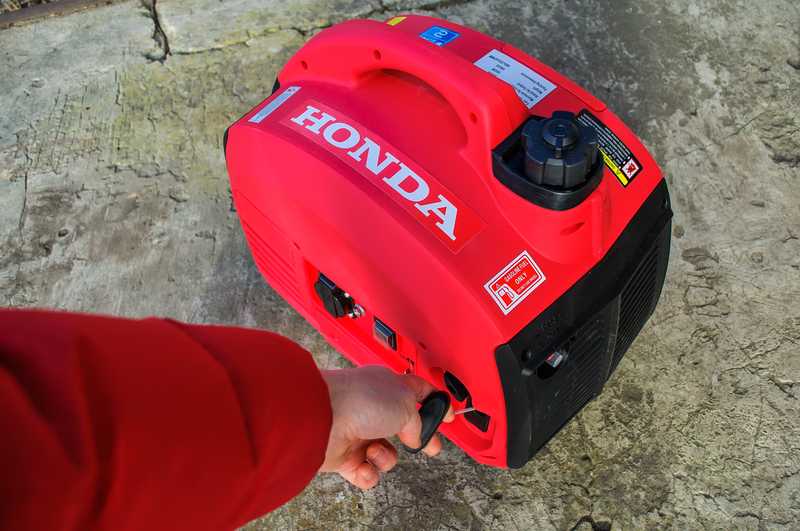
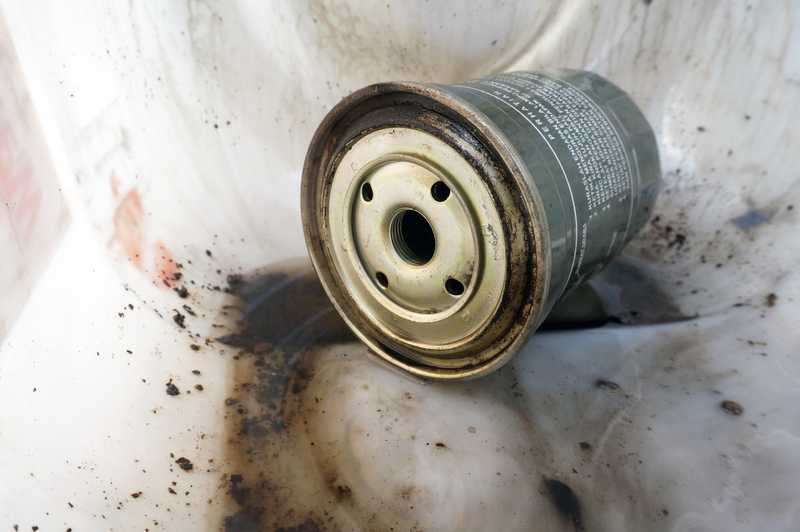
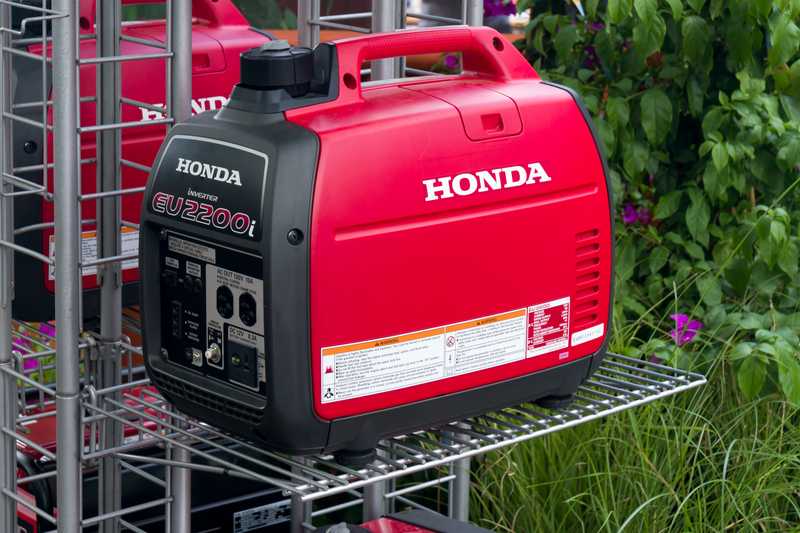
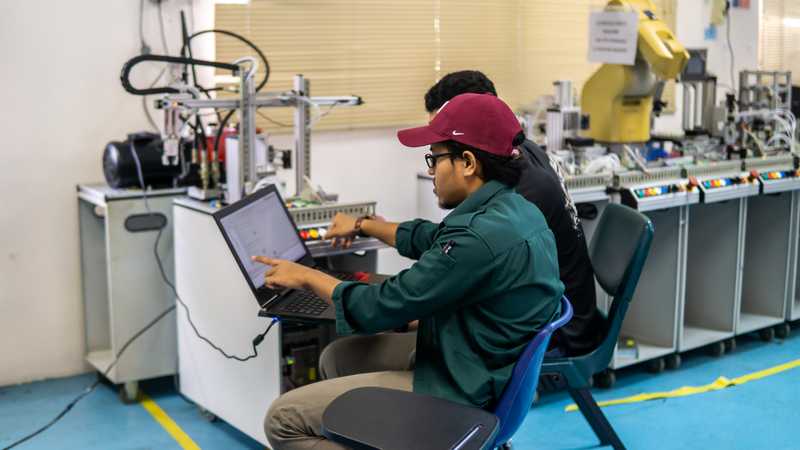

My 10i not under much load and not hot but cuts out randomly . Any ideas .